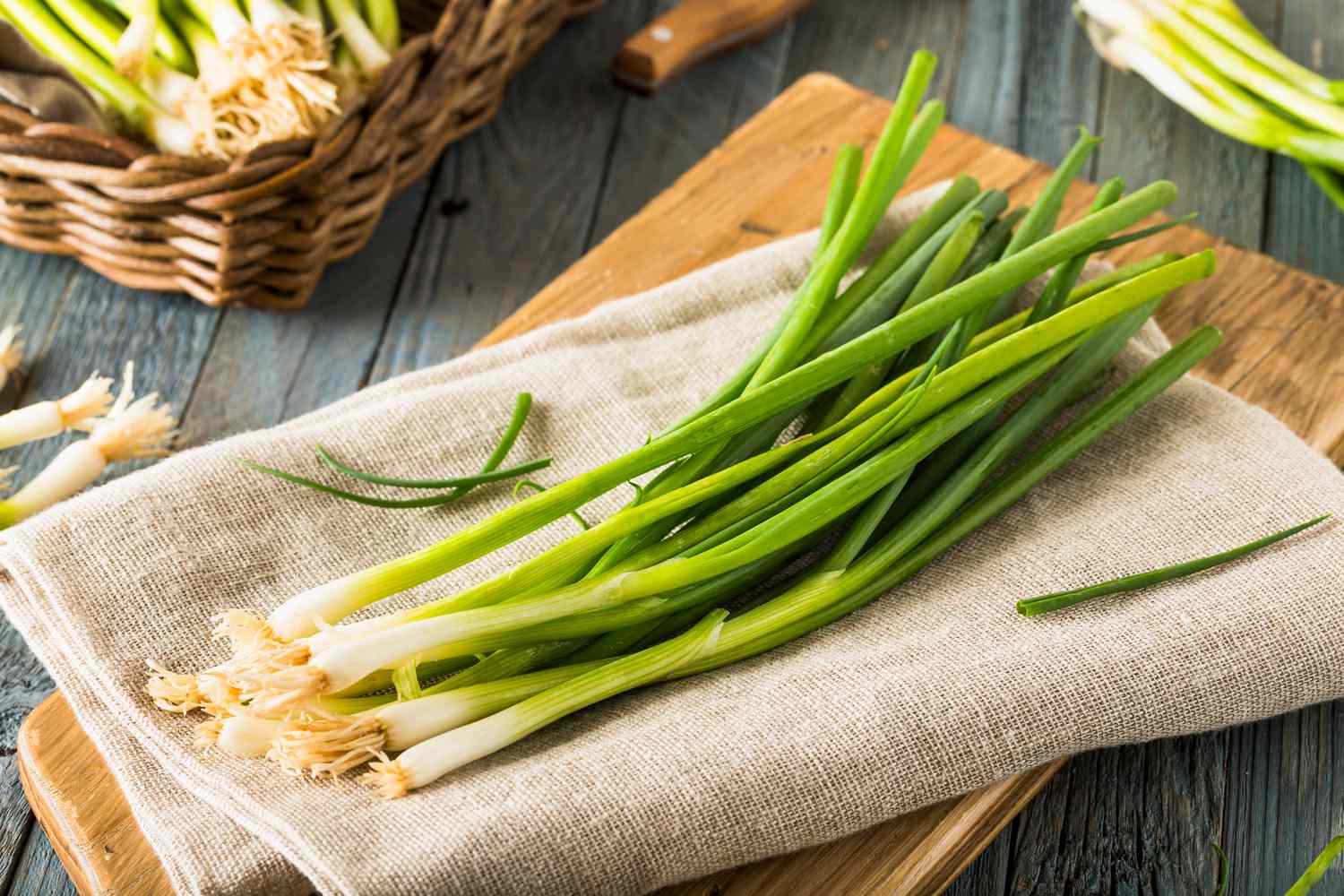

Articles
How To Store Scallions In The Refrigerator
Modified: December 7, 2023
Learn the best way to store scallions in the refrigerator with this helpful guide. Keep your scallions fresh and ready to use for your favorite recipes.
(Many of the links in this article redirect to a specific reviewed product. Your purchase of these products through affiliate links helps to generate commission for Storables.com, at no extra cost. Learn more)
Introduction
Scallions, also known as green onions or spring onions, are a versatile and flavorful ingredient used in various cuisines around the world. With their crisp texture and mild onion flavor, they add a refreshing kick to salads, soups, stir-fries, and many other dishes. If you find yourself with a surplus of scallions, it’s essential to know how to store them properly to keep them fresh and flavorful for longer.
Storing scallions in the refrigerator is the best way to maintain their freshness and prevent them from wilting or losing their texture. While scallions are generally hardy, improper storage can cause them to spoil prematurely, resulting in wasted ingredients and diminished flavor.
In this article, we will explore different methods for storing scallions in the refrigerator to maximize their shelf life and retain their crispness. Whether you prefer to keep them in water, a plastic bag, or a damp paper towel, we will cover the step-by-step process for each method. Additionally, we will provide some tips to ensure your scallions stay fresh as long as possible.
By learning the best practices for storing scallions, you can keep them on hand whenever you need them, eliminating the need for frequent trips to the grocery store. Plus, using fresh scallions can elevate the taste of your dishes and give them an extra burst of flavor.
So, if you’re ready to become a scallion storage expert, let’s dive into the different methods and techniques that will help preserve the quality and taste of your scallions!
Key Takeaways:
- Keep scallions fresh in the refrigerator by storing them in water, a plastic bag, or a damp paper towel. Choose fresh scallions, trim and clean them, and follow the recommended storage method to maintain their crispness and flavor.
- Maximize the shelf life of scallions in the refrigerator with proper preparation and storage techniques. Whether it’s using a glass of water, a plastic bag, or a damp paper towel, these methods help retain moisture, prevent spoilage, and ensure easy access to fresh scallions for your culinary creations.
Read more: How To Store Scallions
Why Store Scallions in the Refrigerator
Storing scallions in the refrigerator offers several benefits that help maintain their freshness and quality for a longer period of time. Here are a few reasons why it’s important to store scallions in the refrigerator:
1. Retains freshness: Scallions are sensitive to heat and moisture, which can cause them to wilt and lose their characteristic crunch. Refrigeration provides a cool and dry environment that helps maintain the freshness of scallions, extending their shelf life.
2. Preserves flavor: Scallions have a delicate flavor that can dissipate quickly if not stored properly. Refrigeration slows down the enzymatic reactions that lead to flavor degradation, helping the scallions retain their taste for a longer duration.
3. Prevents spoilage: Scallions are prone to spoilage due to their high water content. Storing them in the refrigerator inhibits the growth of bacteria and fungi, reducing the chances of the scallions rotting or becoming slimy.
4. Easy access: By storing scallions in the refrigerator, you can conveniently have them on hand whenever you need them. This eliminates the need to make frequent trips to the grocery store and ensures that you always have fresh scallions available for your recipes.
5. Versatility in use: Refrigerated scallions can be used in a wide range of dishes, such as salads, stir-fries, omelettes, and soups. The crisp texture and fresh flavor of refrigerated scallions enhance the taste and presentation of your meals.
Overall, refrigerating scallions is essential for maintaining their freshness, flavor, and texture. It can help prevent waste, save money, and ensure that you always have a supply of fresh scallions right in your kitchen. The next section will guide you on how to choose fresh scallions for refrigeration.
Choosing Fresh Scallions
When it comes to storing scallions, starting with fresh and high-quality produce is key. Here are some tips for selecting the best scallions:
1. Look for vibrant green tops: Fresh scallions should have vibrant, dark green tops. Avoid scallions with wilted or yellowing leaves, as this is a sign of age and potential loss of flavor and texture.
2. Firm and crisp stalks: The stalks of scallions should be firm to the touch and have a crisp texture. Avoid scallions with soft or mushy stalks, as this indicates they are past their prime.
3. Bulb size: Scallions come in various sizes, from thin to slightly thicker bulbs. Choose scallions with bulbs that are evenly shaped and free from blemishes or spots.
4. Aroma: Give the scallions a gentle sniff to check for a fresh, onion-like aroma. If they have a strong, unpleasant smell, it could be a sign of deterioration.
5. Season: Scallions are available year-round, but they are at their peak during the spring and early summer months. Choosing scallions in season ensures optimal freshness and flavor.
6. Organic or locally sourced: Consider opting for organic scallions or those sourced from local farms. These are often fresher and may have a better flavor compared to mass-produced scallions.
By selecting fresh scallions, you lay the foundation for successful storage and preservation. Once you have chosen your scallions, the next step is to prepare them for refrigeration, which we will discuss in the following section.
Preparing Scallions for Refrigeration
Before storing scallions in the refrigerator, it’s essential to properly prepare them to ensure optimal freshness and longevity. Here’s how you can prepare scallions for refrigeration:
1. Trim the root ends: Start by trimming off the root ends of the scallions. Use a sharp knife to cut off about 1/4 inch from the base. This will remove any dried or discolored parts and help the scallions absorb water or retain moisture better.
2. Remove any wilted or damaged tops: Check the green tops of the scallions for any wilted or damaged leaves. Gently remove these leaves by pulling them downwards or trimming them with a knife. Removing any damaged parts helps maintain the overall freshness of the scallions.
3. Separate into individual stalks: If the scallions are bundled or tied together, separate them into individual stalks. This allows for better airflow and prevents the spread of moisture or mold if one stalk starts to spoil.
4. Rinse with cold water: Give the scallions a quick rinse under cold water to remove any dirt or debris. Gently pat them dry with a paper towel to remove excess moisture. Make sure the scallions are completely dry before proceeding to the next step.
By following these simple preparation steps, you ensure that your scallions are clean and ready for storage. In the next sections, we will explore different methods for storing scallions in the refrigerator to maximize their freshness and shelf life.
Method 1: Storing Scallions in a Glass of Water
One popular method for storing scallions in the refrigerator is by placing them in a glass of water. This method helps keep the scallions hydrated and extends their shelf life. Here’s a step-by-step guide:
1. Choose a glass: Select a tall glass or jar that is wide enough to accommodate the length of the scallions. Make sure the glass is clean and free from any residue or odors.
2. Add water: Fill the glass with enough water to cover the root ends of the scallions. The water level should be just below the point where the green tops begin.
3. Place the scallions: Carefully place the prepared scallions into the glass, root ends down. If you have a large batch of scallions, you can arrange them in bundles or separate them into smaller groups.
4. Store in the refrigerator: Place the glass with the scallions in the refrigerator. Ideally, you want to keep them in the main compartment rather than the door, as the temperature is more consistent there.
5. Change the water: Every few days, check the water level and freshness. If the water becomes cloudy or starts to smell, it’s time to change it. Simply pour out the old water, rinse the glass, and refill it with fresh, cold water.
By storing scallions in a glass of water, you provide them with the hydration they need to stay crisp and fresh. This method can keep scallions in good condition for up to a week or longer, depending on their freshness at the start.
Next, we’ll explore another method for storing scallions in the refrigerator: using a plastic bag.
To store scallions in the refrigerator, trim the roots and place them in a glass of water, covering the roots. Change the water every few days and they will stay fresh for up to a week.
Read more: How To Store A Refrigerator
Method 2: Storing Scallions in a Plastic Bag
Another effective method for storing scallions in the refrigerator is by using a plastic bag. This method helps retain moisture and prevents the scallions from drying out. Here’s how to do it:
1. Choose a plastic bag: Use a clean, resealable plastic bag that is large enough to accommodate the scallions without overcrowding them. A zip-top bag or produce bag works well for this purpose.
2. Prep the scallions: Trim and clean the scallions as mentioned earlier. Ensure they are completely dry before proceeding to the next step.
3. Place scallions in the bag: Arrange the scallions in a single layer or loosely bundle them together. Avoid packing them too tightly, as this can lead to moisture buildup and potential spoilage.
4. Seal the bag: Press out any excess air from the bag and seal it tightly. This helps create a microenvironment within the bag that helps retain moisture and prevent the scallions from drying out.
5. Store in the refrigerator: Place the sealed plastic bag with the scallions in the refrigerator. It’s recommended to store them in the crisper drawer to maintain consistent temperature and humidity levels.
6. Check periodically: Every few days, check the condition of the scallions to ensure they are still fresh. Remove any wilted or yellowing parts if necessary. If the bag becomes moist or starts to accumulate condensation, you may need to open it briefly to let some air circulate and then reseal it.
Storing scallions in a plastic bag provides a controlled environment that helps keep them fresh and crisp for extended periods, typically up to a week or more. This method is convenient and space-efficient, allowing you to store scallions alongside other produce in your refrigerator.
Next, let’s explore another method that involves using a damp paper towel to store scallions in the refrigerator.
Method 3: Storing Scallions in a Damp Paper Towel
A third method for storing scallions in the refrigerator is by wrapping them in a damp paper towel. This method helps maintain moisture and prevents the scallions from wilting or drying out. Here’s a simple step-by-step guide:
1. Prepare a damp paper towel: Take a clean paper towel and moisten it with water. Squeeze out any excess water so that the towel is damp but not soaking wet.
2. Trim and clean the scallions: Remove any wilted or damaged leaves from the scallions, and trim the root ends. Rinse them under cold water and pat them dry with a paper towel.
3. Wrap the scallions: Lay the prepared scallions on the damp paper towel and gently roll the towel around them. Make sure the scallions are fully enclosed in the damp towel.
4. Store in a resealable bag or container: To further protect the scallions and maintain moisture, place them in a resealable plastic bag or an airtight container. This helps prevent any moisture from evaporating and maintains a humid environment around the scallions.
5. Refrigerate and monitor: Place the bag or container with the wrapped scallions in the refrigerator. Check the moisture level of the paper towel every few days and replace it with a fresh damp towel if needed. Additionally, inspect the scallions for any signs of spoilage and remove any wilted or discolored parts.
This method is effective in keeping scallions fresh for about a week or longer, depending on their initial freshness. Wrapping them in a damp paper towel helps retain moisture, preventing wilting and shriveling.
Now that you know three different methods for storing scallions in the refrigerator, let’s move on to some tips that will help you keep scallions fresh for even longer.
Tips for Keeping Scallions Fresh
To maximize the freshness and shelf life of your scallions, here are some additional tips to keep in mind:
1. Keep scallions dry: Moisture can cause scallions to spoil more quickly. Before storing them, make sure they are thoroughly dry to prevent the growth of mold or bacteria. Pat them dry with a paper towel or allow them to air dry after rinsing.
2. Store scallions separately: Scallions have a strong aroma that can easily transfer to other foods in the refrigerator. To avoid affecting the flavors of other items, store scallions separately in a sealed bag or container.
3. Don’t wash scallions in advance: Avoid washing scallions before storing them in the refrigerator, as excess moisture can accelerate spoilage. Instead, wash them right before use to maintain their crispness for longer.
4. Check and discard spoiled parts: Regularly inspect your stored scallions for any signs of spoilage, such as wilted leaves, discoloration, or a foul odor. If you notice any spoiled parts, remove them immediately to prevent the spread of spoilage to the rest of the scallions.
5. Utilize the whole scallion: Don’t just use the green tops of the scallions! The white and light green parts are edible and carry a lot of flavor. Utilize the entire scallion to minimize waste and get the most out of your purchase.
6. Label and date your storage containers: If you store scallions in containers or bags, it’s helpful to label them with the date to keep track of their freshness. This way, you can easily identify how long they have been in the refrigerator and prioritize their use accordingly.
These tips will help you maintain the freshness and quality of your scallions, allowing you to enjoy their flavor and crunch for an extended period. With proper storage, you can minimize waste and always have fresh scallions on hand to enhance your culinary creations.
Now you are equipped with the knowledge and techniques to store scallions in the refrigerator and keep them fresh. Simply choose the method that suits you best, and enjoy the crisp, vibrant flavor of scallions in your meals!
Conclusion
Knowing how to store scallions properly in the refrigerator is essential for preserving their freshness, flavor, and texture. By following the methods and tips outlined in this article, you can extend the shelf life of scallions and ensure they remain crisp and delicious for longer periods.
Whether you choose to store scallions in a glass of water, a plastic bag, or a damp paper towel, each method offers its own advantages in maintaining moisture and preventing spoilage. The key is to choose fresh scallions, prepare them correctly, and provide the right environment to keep them fresh in the refrigerator.
Regularly checking and removing any spoiled parts is vital to preventing the spread of spoilage and maintaining the overall quality of your scallions. Proper storage also allows you to have scallions readily available for your recipes, eliminating the need for frequent grocery store runs.
Remember to keep your scallions dry, store them separately to prevent flavor transfer, and utilize the whole scallion to minimize waste. By implementing these tips, you can ensure that your scallions remain at their peak freshness and enhance the taste of your culinary creations.
So the next time you buy a bunch of scallions, confidently store them in the refrigerator using the method that suits you best. Enjoy the crispness and subtle onion flavor that scallions bring to your salads, stir-fries, soups, and more.
With these storage techniques, you can prolong the life of your scallions and make the most out of this versatile and vibrant ingredient. Happy cooking!
Frequently Asked Questions about How To Store Scallions In The Refrigerator
Was this page helpful?
At Storables.com, we guarantee accurate and reliable information. Our content, validated by Expert Board Contributors, is crafted following stringent Editorial Policies. We're committed to providing you with well-researched, expert-backed insights for all your informational needs.
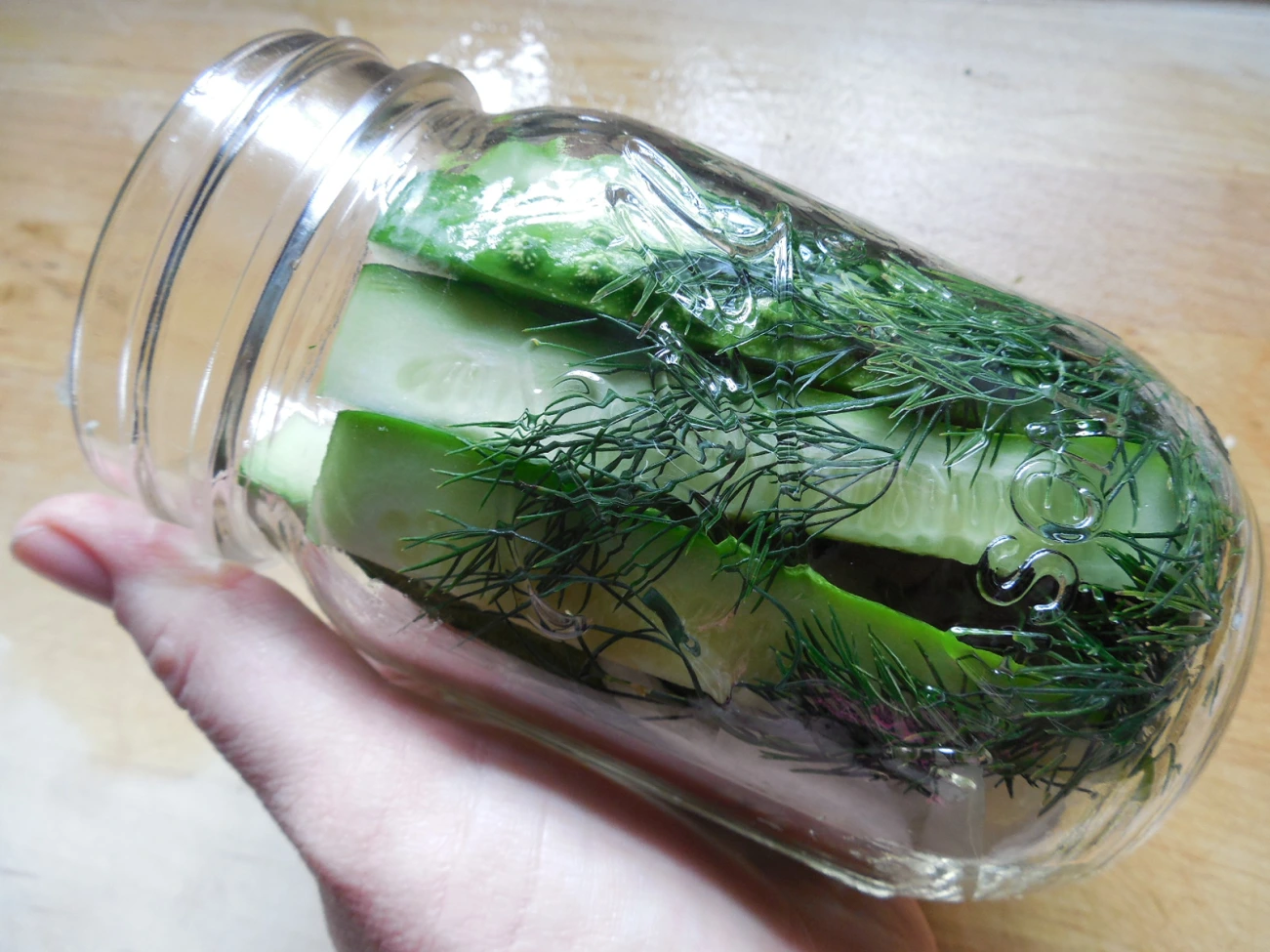
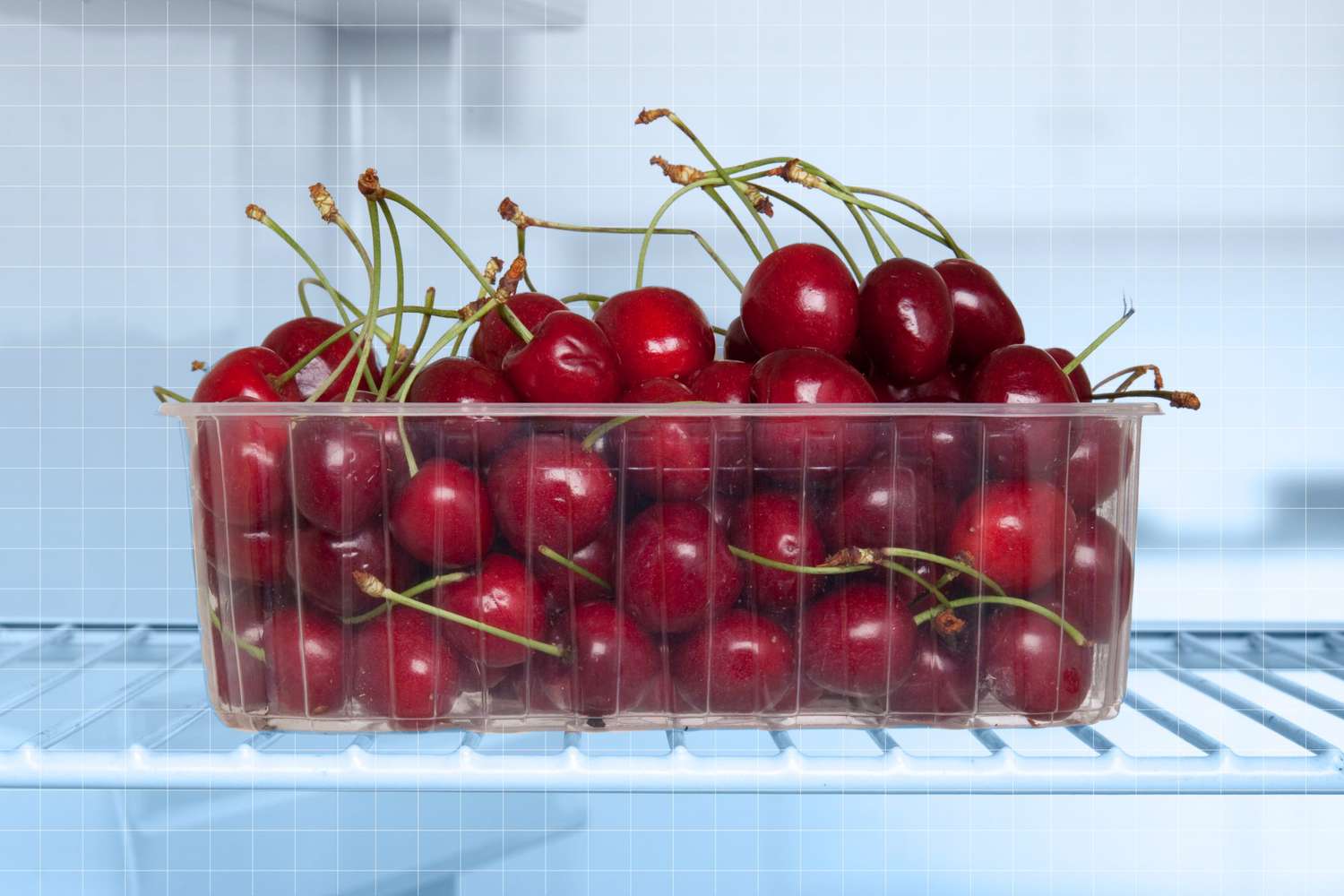
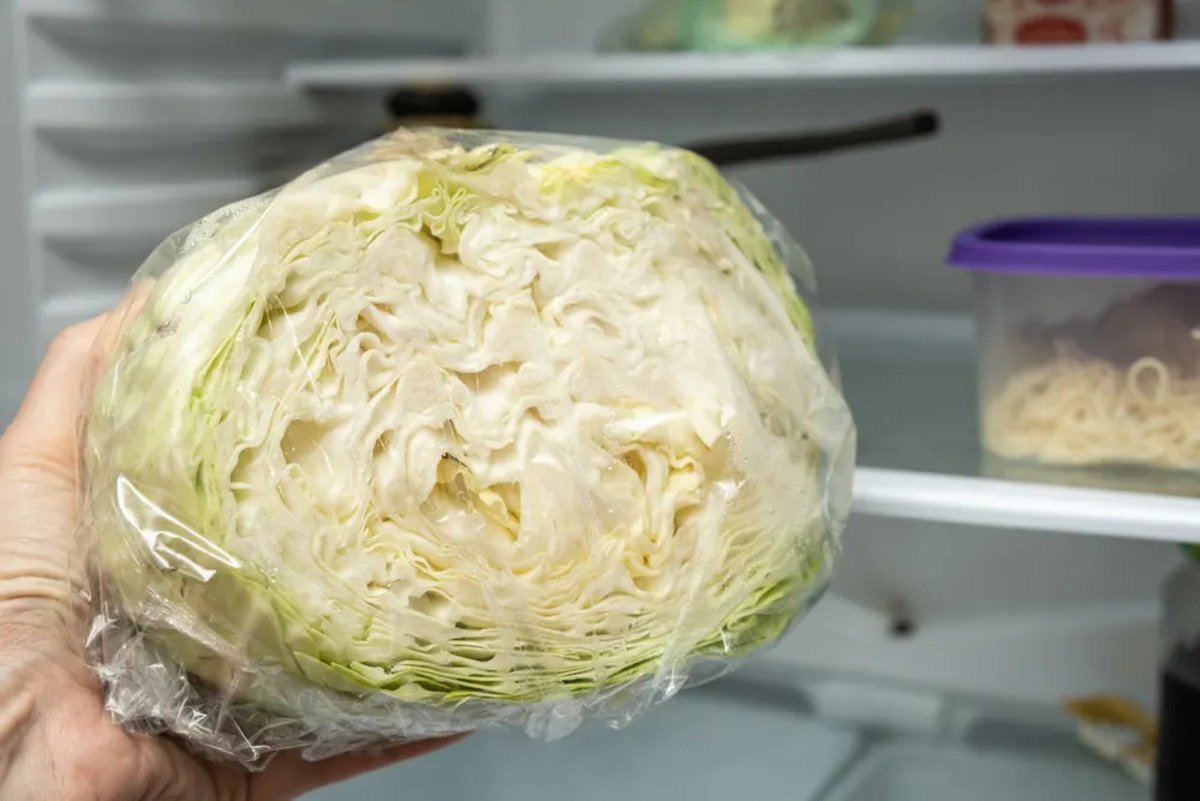
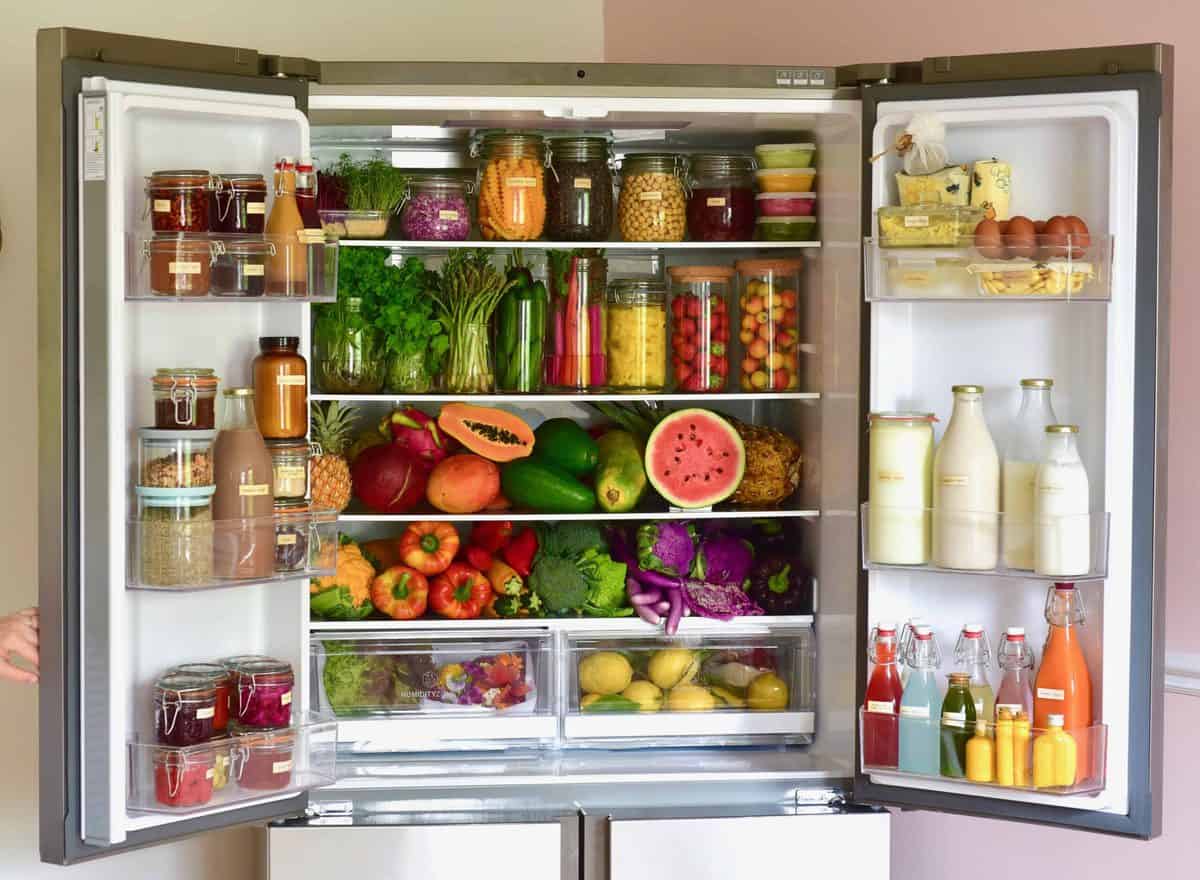
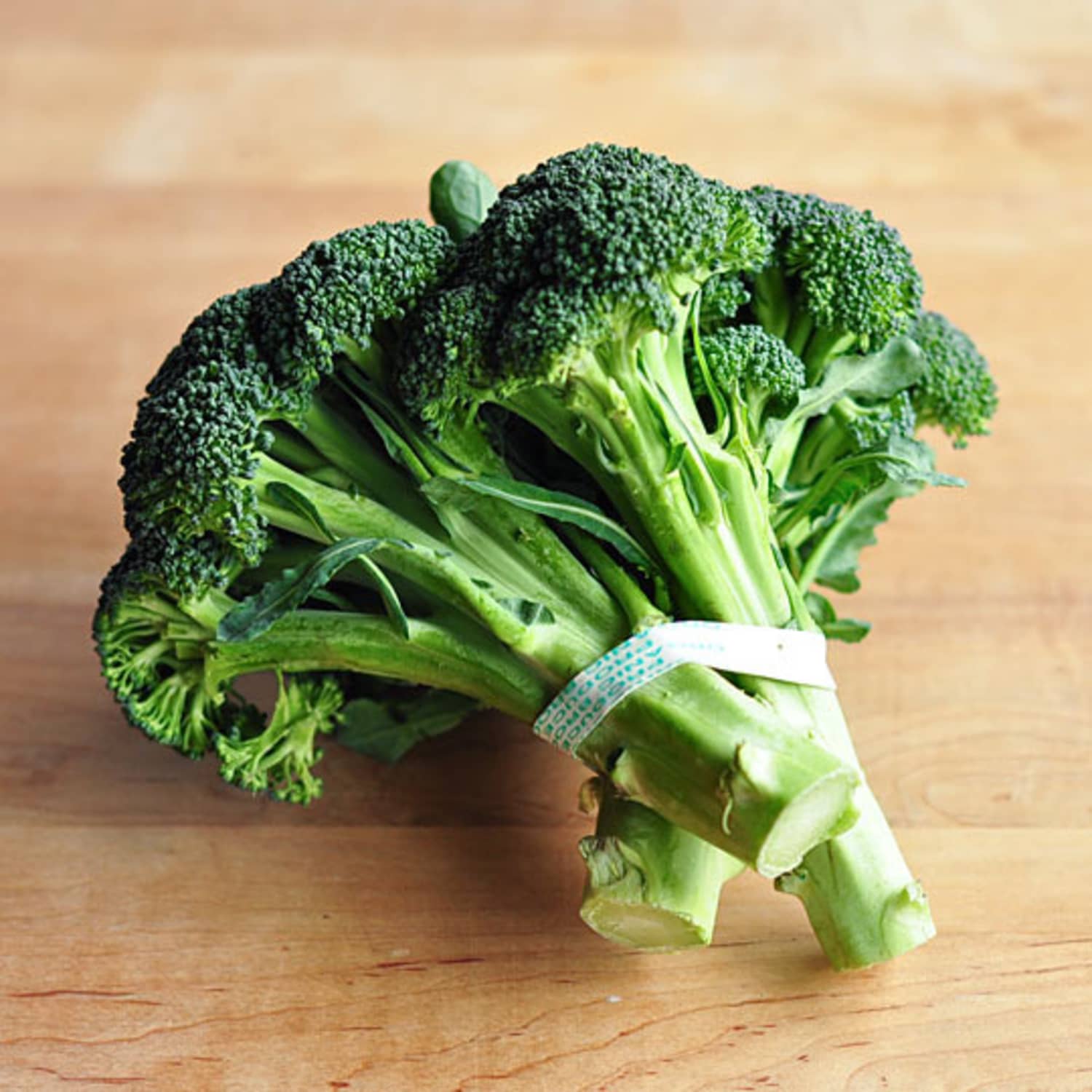
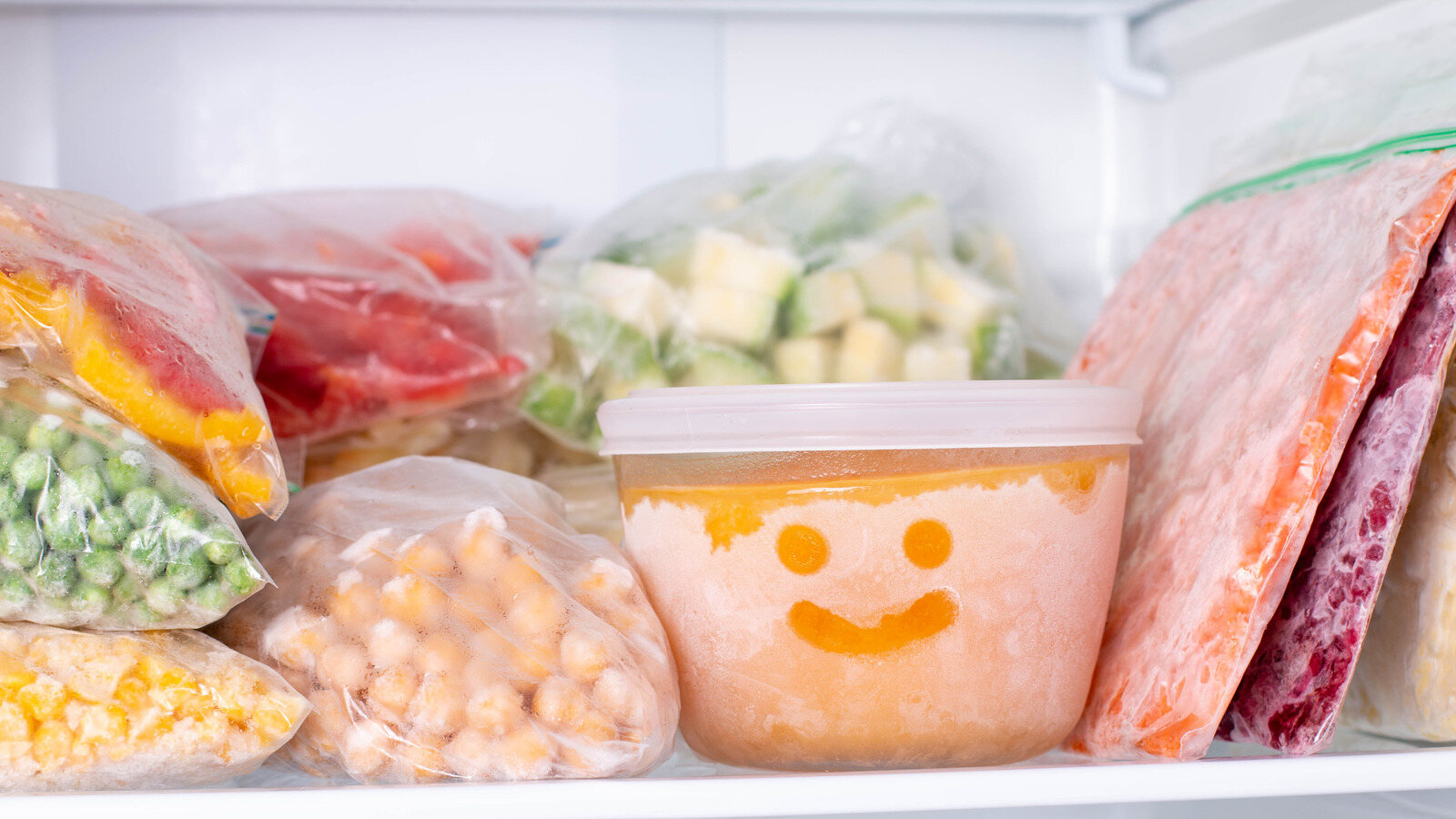
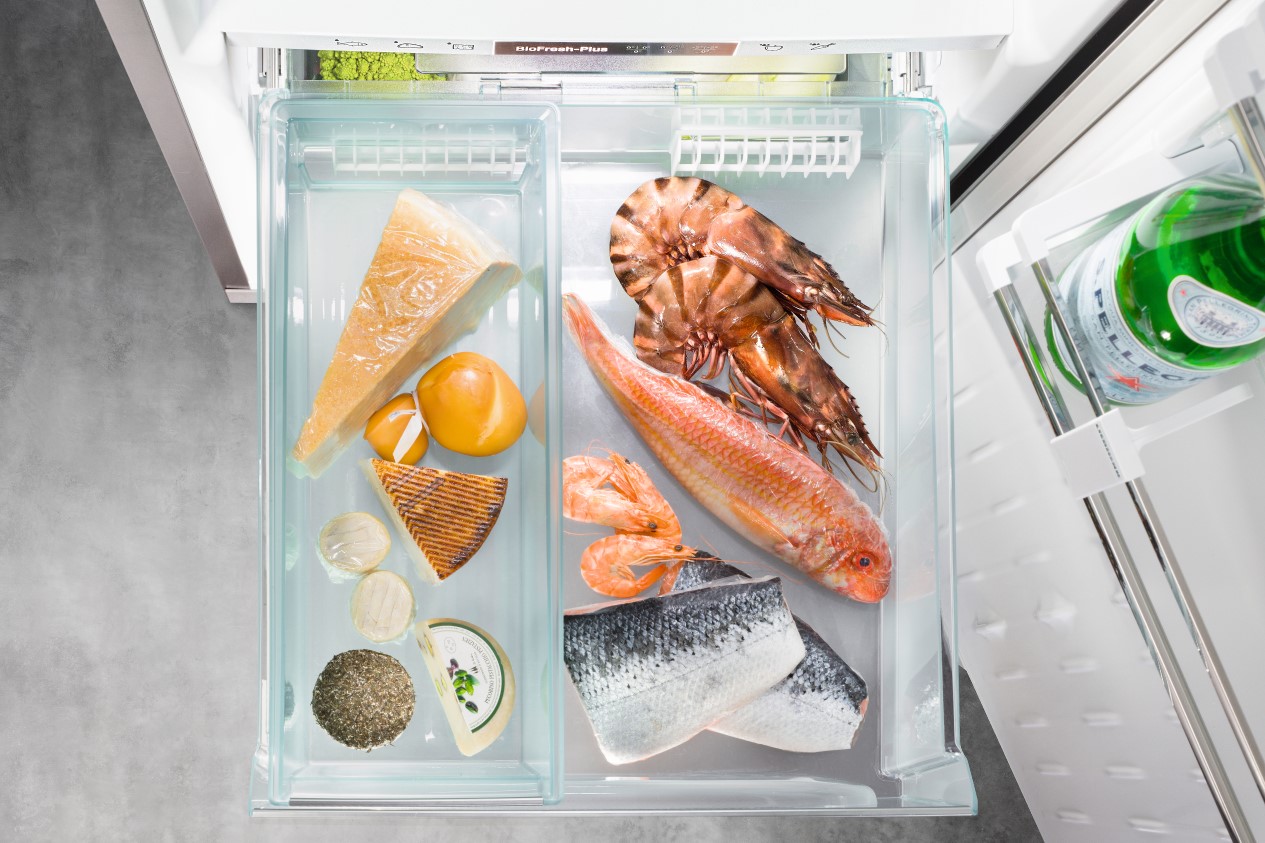
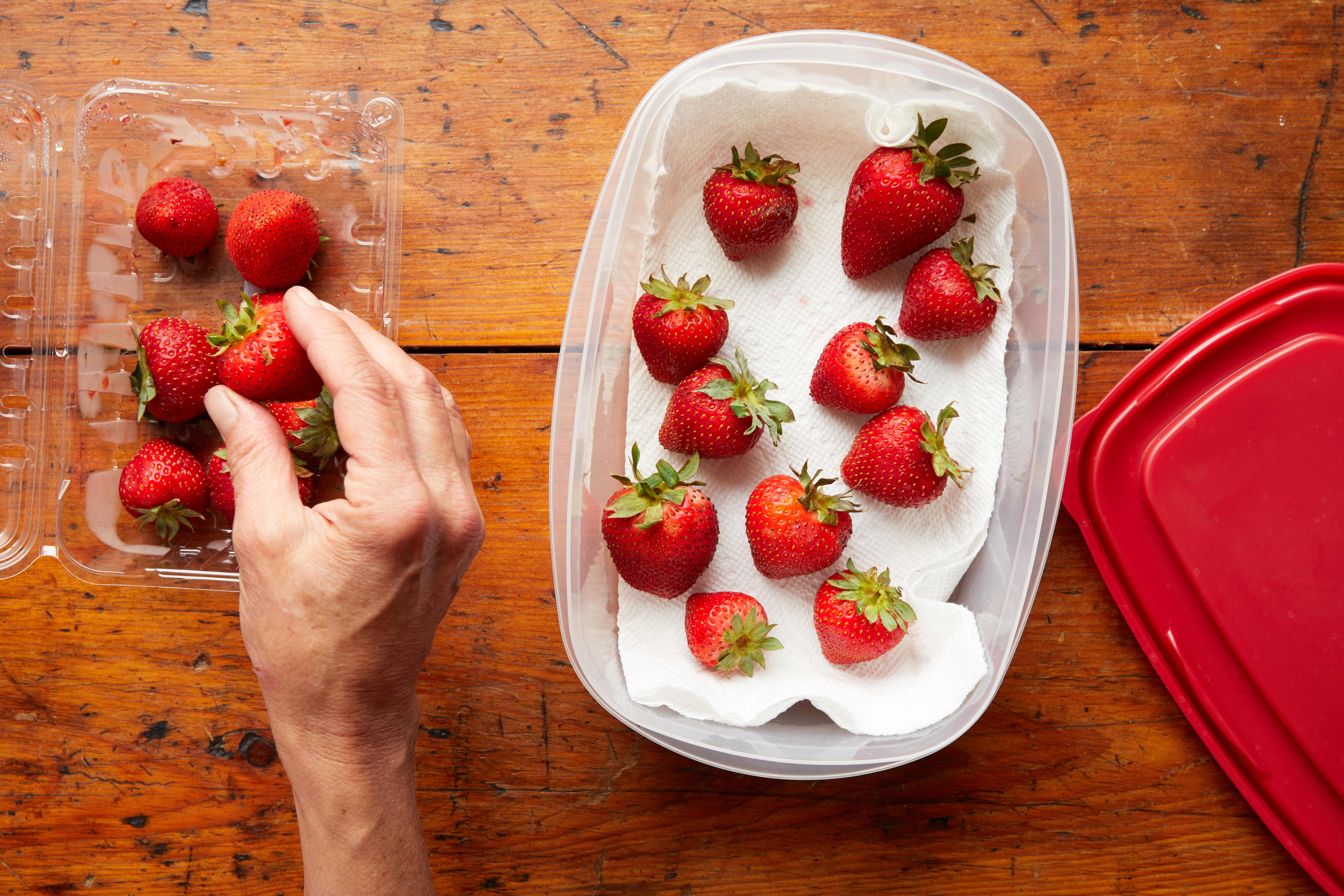
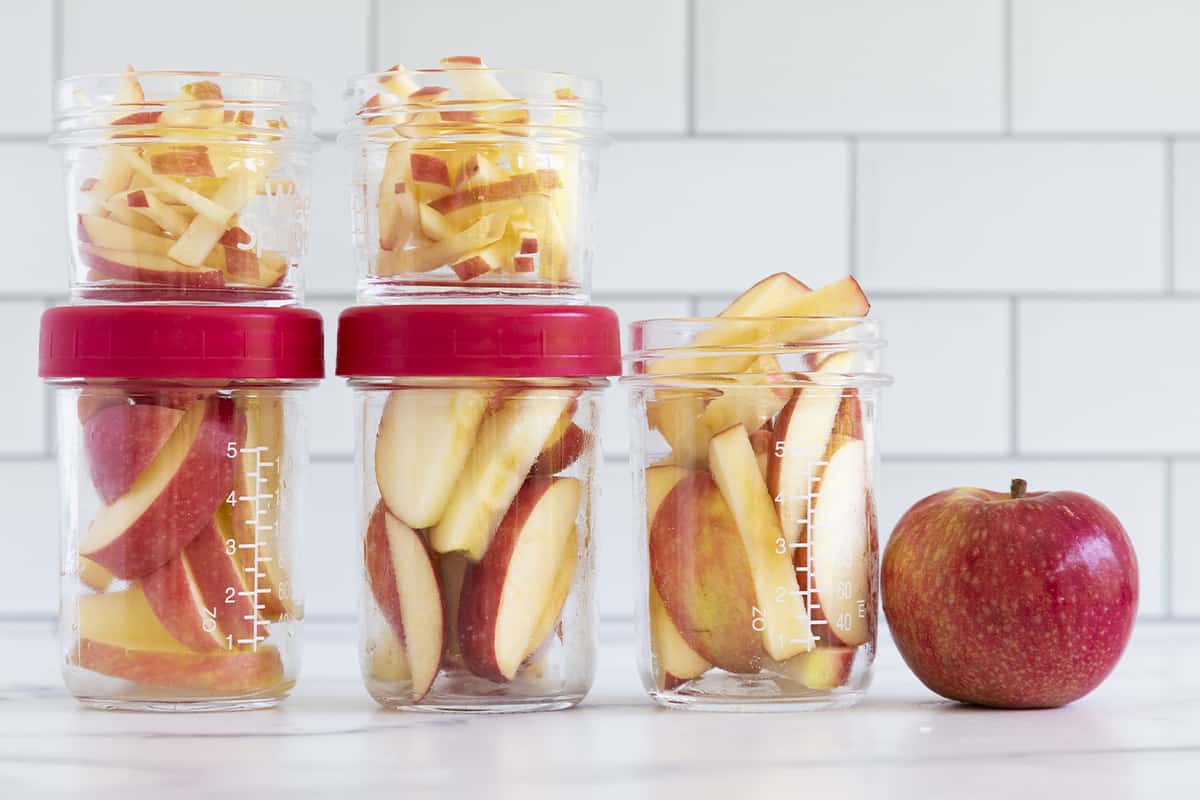
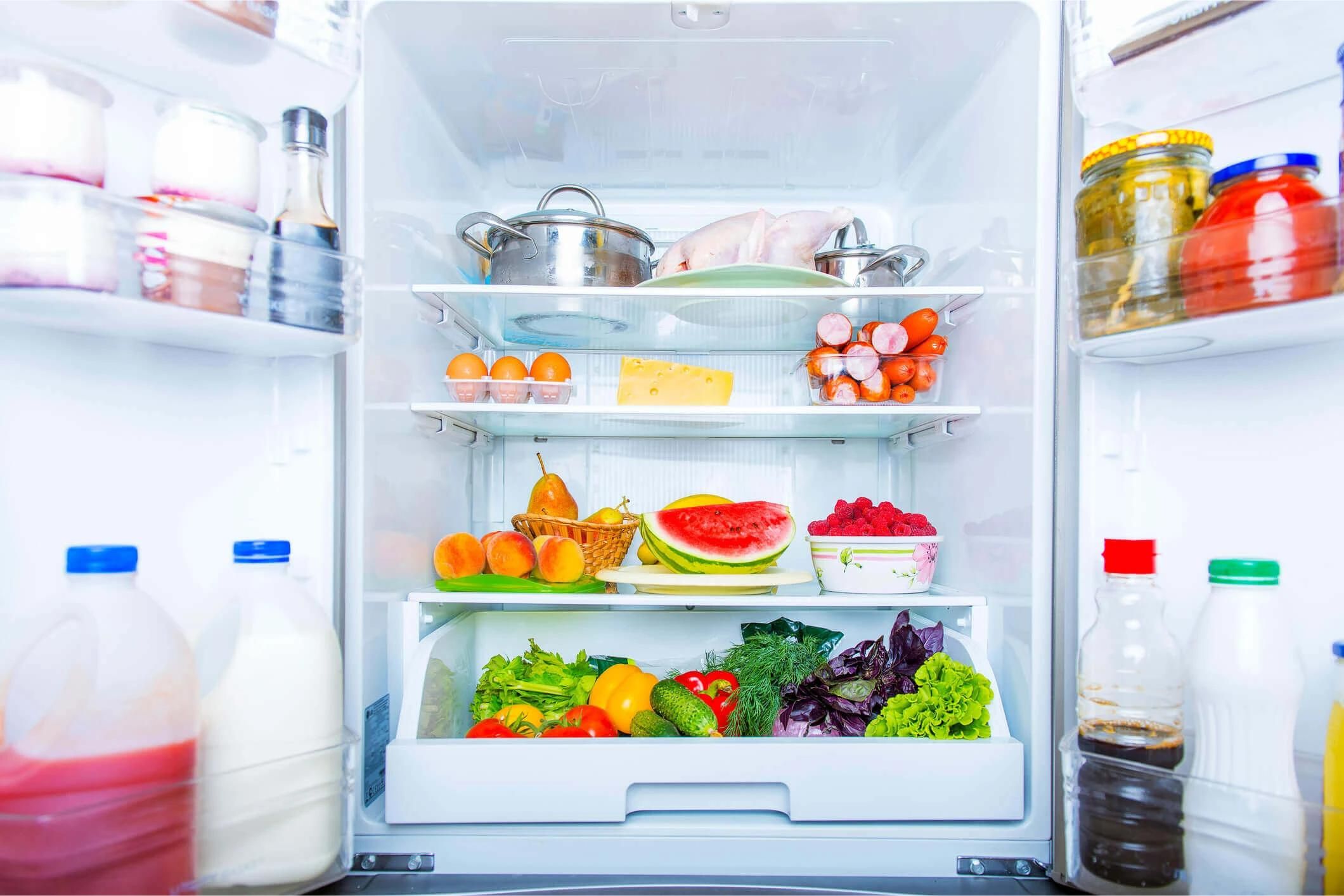
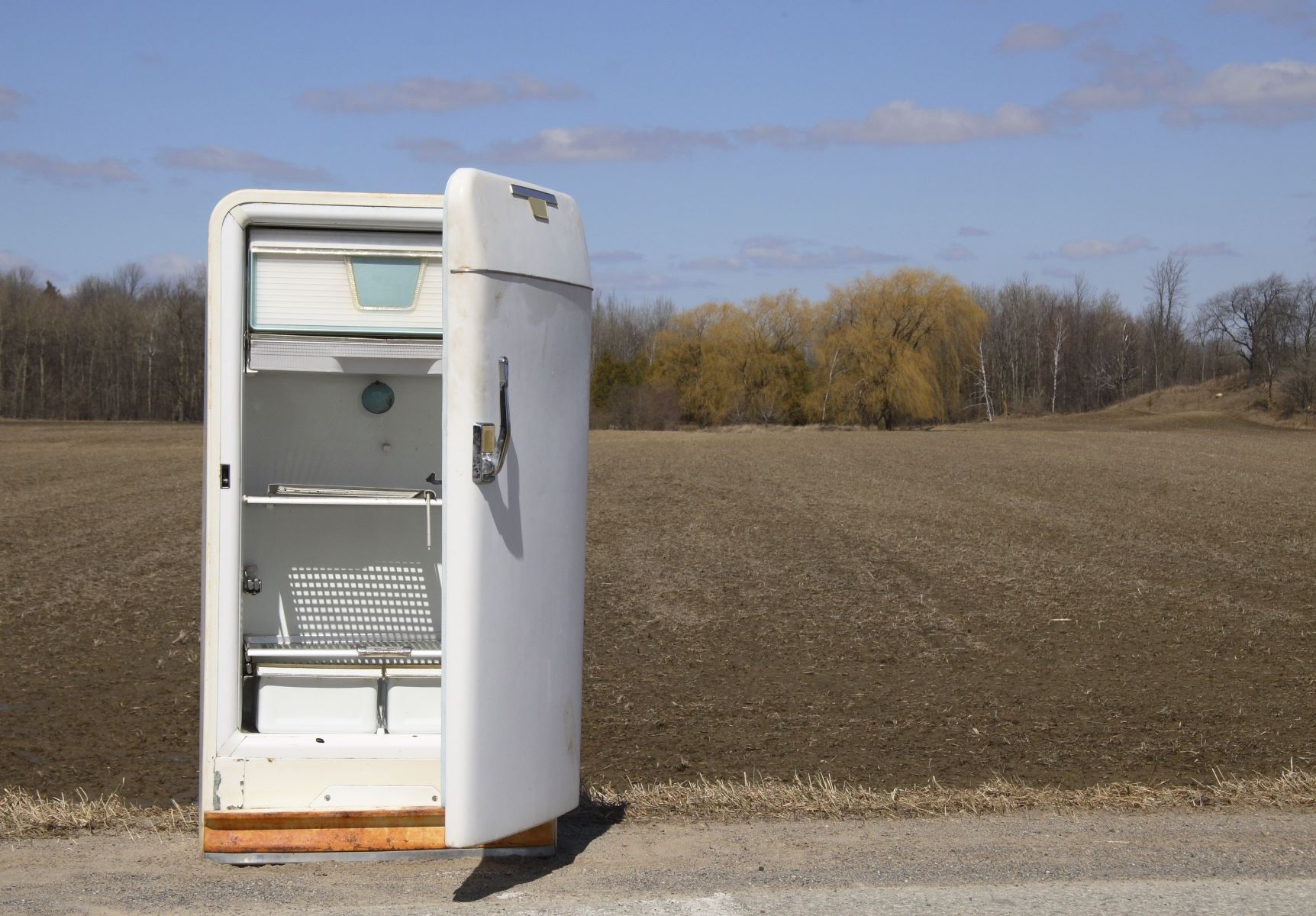
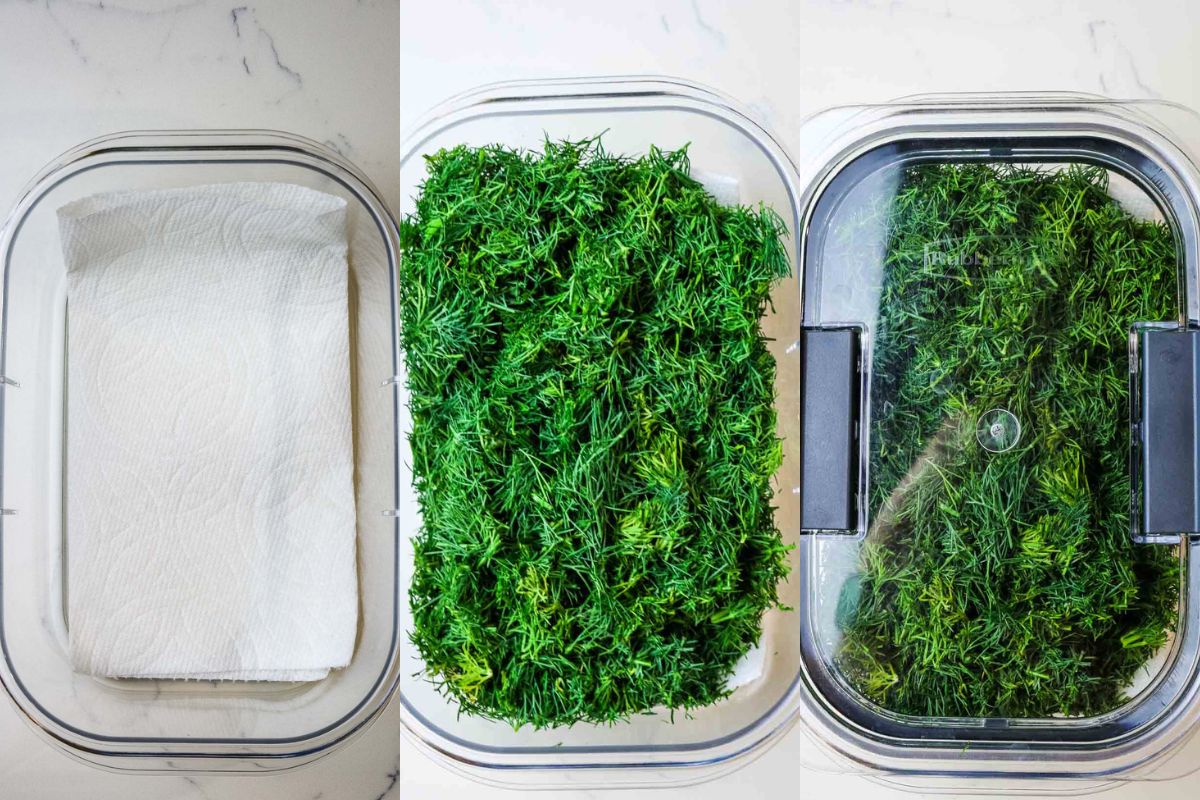
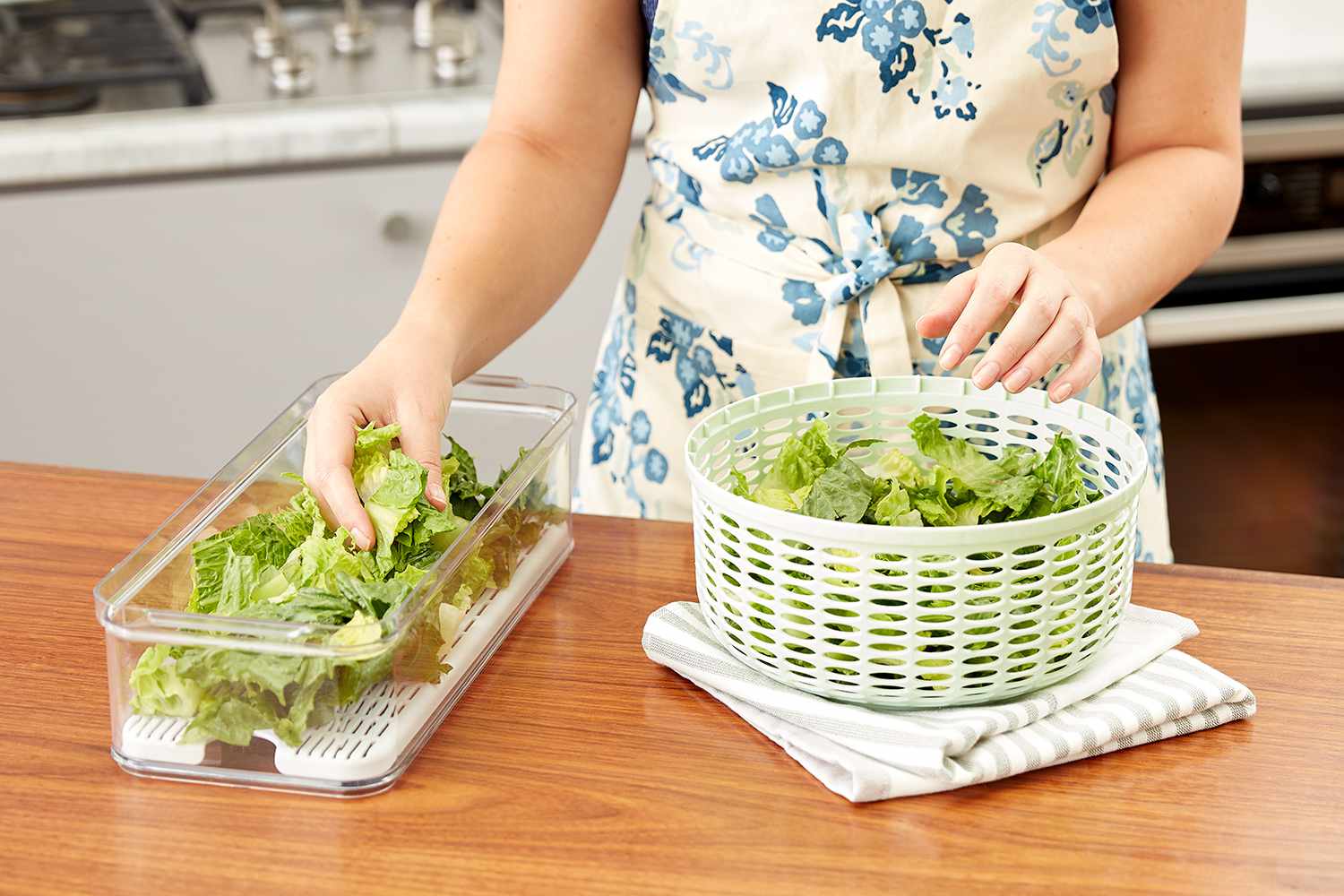
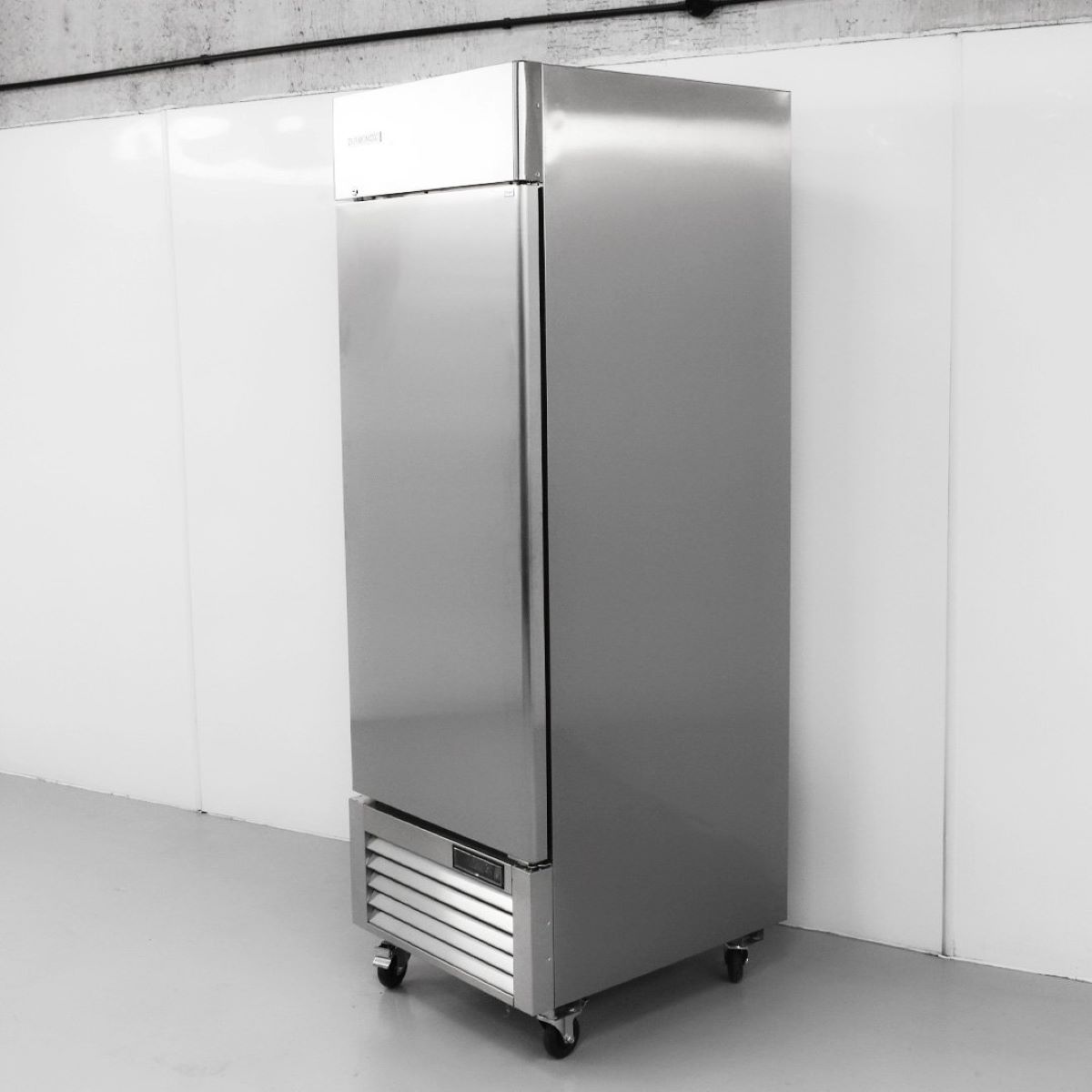

0 thoughts on “How To Store Scallions In The Refrigerator”